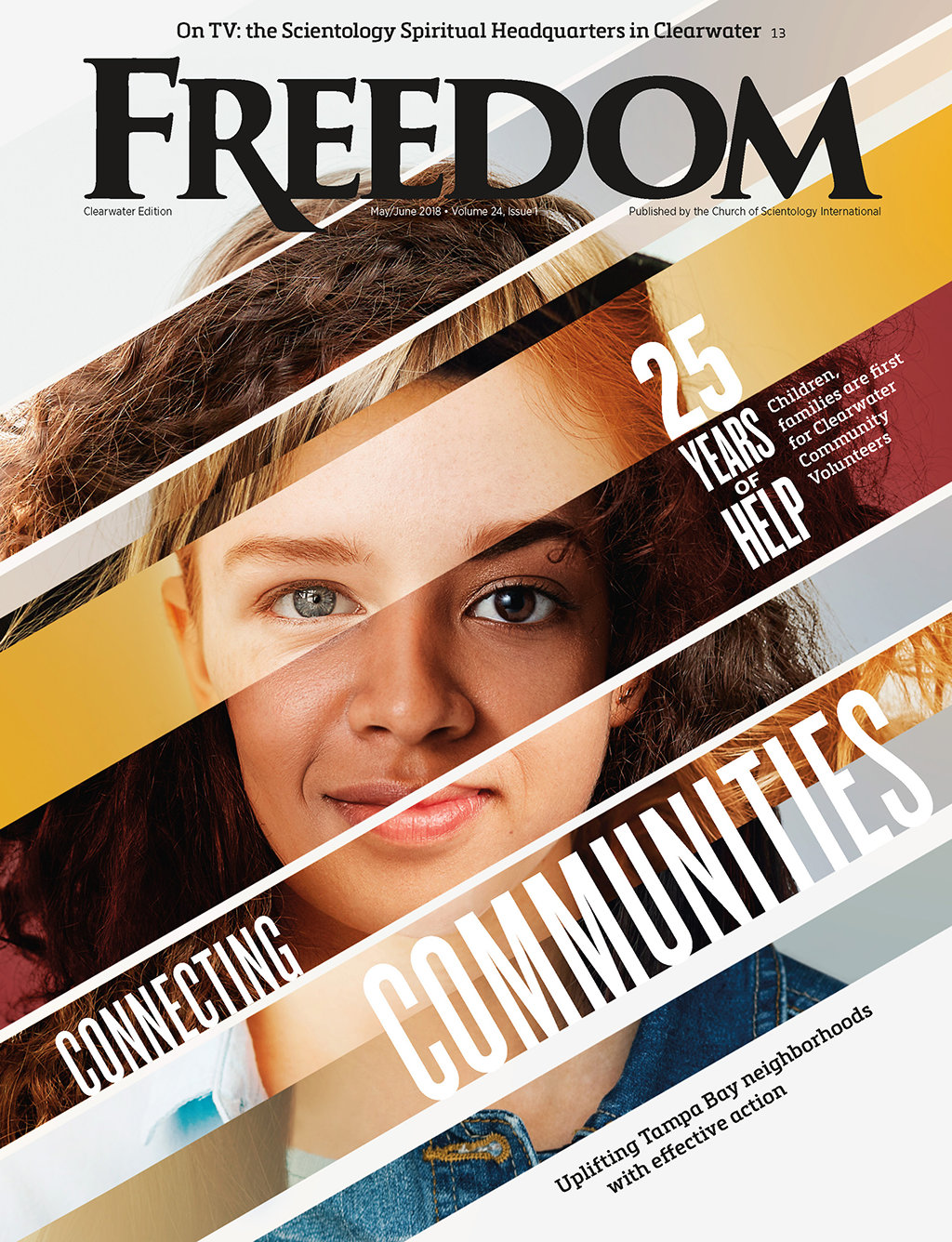In fact, from its very beginnings, the discipline of psychiatry has been a revolting cesspool of racist bigotry.
In 1773, when Eastern State Hospital in Williamsburg, Virginia, opened as the nation’s first psychiatric institution, its “doctors” accepted slaves as payment for their treatment.
The “father of American psychiatry,” Dr. Benjamin Rush, was a slave owner who believed black skin was the result of a form of leprosy and Black people needed to be segregated to protect against contagious disease.
That’s right—psychiatry and psychology promoted eugenics, the same pseudoscience that Hitler, Himmler and the Nazis used to launch the Holocaust.
Early psychiatrist Dr. Samuel Cartwright invented two legitimate-sounding conditions, drapetomania and dysaesthesia aethiopica, in 1851. One was a mental condition that Cartwright alleged caused Blacks to attempt to escape slavery, and the other was the cause of slave “laziness.” Both, he believed, could be cured by sound beatings.
Both, of course, were pure nonsense.
Throughout psychiatry’s history, Blacks were often used in experiments involving lobotomies, psychosurgery, electroshock and LSD.

In a formal apology for its role in the suppression of Blacks and indigenous people, the American Psychological Association stated in 2021, “APA was established by white male leadership, many of whom contributed to scientific inquiry and methods that perpetuated systemic racial oppression, including promoting the ideas of early 20th-century eugenics; eugenics is defined as the idea that racial differences and hierarchies are biologically based and fixed, and was used to support segregation, sterilization and antimarriage laws.”
That’s right—psychiatry and psychology promoted eugenics, the same pseudoscience that Hitler, Himmler and the Nazis used to launch the Holocaust and bolster their lunatic theories about a “master race.”
Even as late as 1994, psychologist Richard Herrnstein was arguing in his book The Bell Curve: Intelligence and Class Structure in American Life, that Blacks and Hispanics do worse than whites in intelligence tests, are “genetically disabled” and therefore cannot cope with the demands of modern society.
He recommended selective breeding to remove human “residue” from the gene pool.
But, of course, that kind of thinking is ancient history, right? Surely psychiatrists and psychologists have moved beyond any such bigoted ideas?
Well, not really. In fact, far from it.
Dr. Jeffrey Lieberman, chair of the psychiatry department at Columbia University, director of the New York State Psychiatric Institute and psychiatrist-in-chief at New York-Presbyterian Hospital, got the boot from all of those positions in 2022 after he commented online about Black model Nyakim Gatwech that “whether a work of art or a freak of nature, she’s a beautiful sight to behold.”
Freak of nature? Seriously?
“The APA apologizes for our contributions to the structural racism in our nation.”
A recent study in Massachusetts found that, when it comes to involuntary hospitalizations, Blacks—who make up only 23 percent of the Boston population—were 41 percent of those picked up by police and taken to mental health institutions for examination and possible institutionalization against their will.
The study demonstrated “significant racial disparities” and was “one of many studies showing that Black individuals are more likely than white individuals to be involuntarily committed.”

It covered 488 people involuntarily hospitalized between 2021 and 2022 and noted that, contrary to requirements under the legislation, 76 percent of applications did not have the legally mandated clinical evaluations and 27 percent had no determination that the individuals involved were a danger to themselves or others, thereby warranting involuntary hospitalization.
In another study of 4,393 patients admitted to an inpatient psychiatric unit over six years, they found that all non-white groups were more likely to be involuntarily admitted to mental health examinations and institutionalization than whites. Black and Asian patients were also more likely to have court commitment petitions filed—petitions submitted by mental health authorities to courts, seeking extended institutionalization beyond the few days normally allowed for temporary involuntary hospitalization.
“The odds of involuntary hospitalization for Black children are higher than the odds of involuntary hospitalization for white children,” the NAACP likewise found. “In Florida, for example, nearly 36,000 children per year are committed for psychiatric exams, with Black students being involuntarily committed at twice the rate of white students.”
In another study, researchers looked into 5150 holds, a legal process allowing involuntary hospitalization in California. They discovered that “Blacks and Hispanics were 57.2 percent and 154.5 percent more likely to be placed on a 5150 hold respectively, as compared to non-Hispanic whites. Our study demonstrates racial and ethnic disparities in 5150 holds, demonstrating a higher burden of involuntary detention among minority populations.”
“The APA apologizes for our contributions to the structural racism in our nation,” the American Psychiatric Association (APA) stated in 2021. “We hope this apology will be a turning point.”
The APA further admitted that “psychiatric misdiagnosis among Black, Indigenous and People of Color (BIPOC) populations” was “common.” “For example, late 20th-century psychiatrists commonly attributed their minority patients’ frustrations to schizophrenia, while categorizing similar behaviors as ‘neuroticism’ in white patients,” the APA wrote. “One study found that a sample of largely APA members diagnosed more Black than white patients with schizophrenia, even when both had otherwise identical vignette-style clinical presentations.
“The APA sincerely apologizes.”
My, how nice. “Sorry about that.”
After such an appalling track record of racial discrimination and bigotry, that’s all they had to say?
Does that mean that psychiatrists will now take off their white robes and hoods and leave them in the closet?
Reacting to the APA apology, Dr. Danielle Hairston, a Black member of an APA task force exploring structural racism in psychiatry, said, “They’re taking these tiny, superficial, palatable steps. People will be OK with saying that we need more mentors; people will be OK with saying that we’re going to do these town halls.
“That’s an initial step, but as far as real work, the APA has a long way to go.”






















